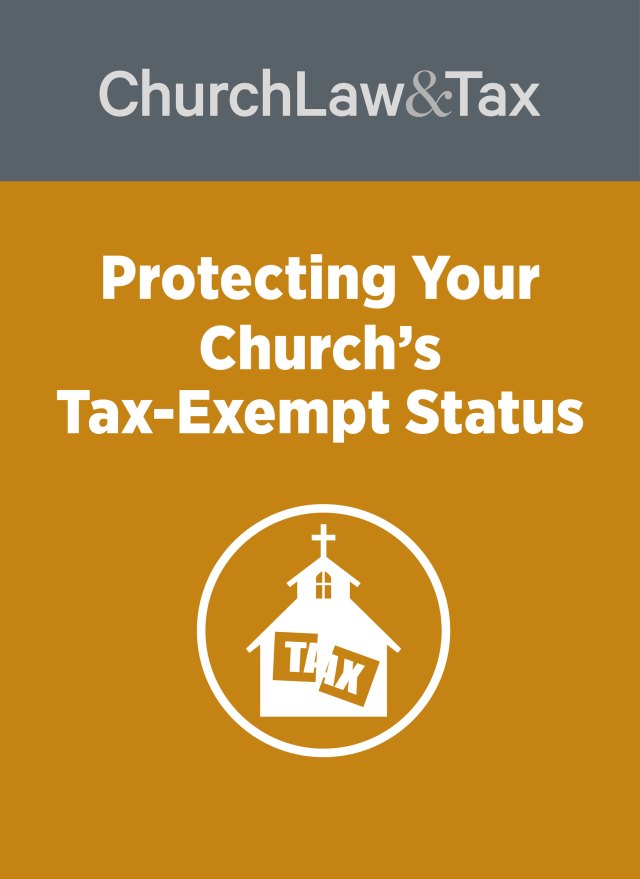Several tax provisions expired at the end of 2009, and several more expired at the end of 2010. Congress enacted legislation (the “Tax Relief and Jobs Creation Act”) late in 2010 extending many of these provisions, meaning that they will be available when preparing your 2010 tax return and when computing estimated taxes and payroll tax withholdings in 2011.
The Act contained a significant provision that was not an extension of an expiring provision. Under current law, employees pay a 6.2 percent Social Security tax on all wages earned up to $106,800 and self-employed individuals pay a 12.4 percent Social Security self-employment tax on all their self-employment income up to the same threshold. The Act provides a payroll tax and self-employment tax “holiday” during 2011 of two percentage points. During 2011, this means employees will pay only 4.2 percent on wages and self-employment individuals will pay only 10.4 percent on self-employment income up to the threshold. This provision will result in an increase in take-home pay for millions of workers. The IRS has issued new withholding tables (see Publication 15) that reflect this change, and churches should begin using the new tables as soon as possible. For any Social Security tax that is over-withheld during January, employers should make an offsetting adjustment in workers’ pay as soon as possible but not later than March 31, 2011. Employers and payroll companies will handle the withholding changes, so workers typically won’t need to take any additional action, such as filling out a new W-4 withholding form.
Beyond this important change, here is a summary of extended provisions from the Act that are of the most relevance to clergy and church staff:
- Income tax brackets. The lower income tax rates enacted by Congress in 2001 and 2003 were to expire at?the end of 2010. They were extended through 2012 for all taxpayers.
- Capital gains and dividends. Under prior law, the capital gains and dividend rates for taxpayers below the 25 percent income tax bracket was equal to zero percent. For those in the 25 percent tax bracket and above the capital gains and dividend rates were 15 percent. These rates were to expire at the end of 2010, and higher rates (10 percent and 20 percent) were to apply. The Act extends the lower capital gains and dividends rates for all taxpayers through 2012.
- Child tax credit. Generally, taxpayers with income below certain threshold amounts may claim the child tax credit to reduce federal income tax for each qualifying child under the age of 17. In 2001, Congress increased the credit from $500 to $1,000 and made it refundable up to 15 percent of earnings above $10,000. In 2009, Congress amended the law to allow earnings above $3,000 to count toward refunds for 2009 and 2010. The Act extends these changes through 2012.
- Marriage penalty relief. For many years, married couples filing a joint tax return paid more taxes than if they were unmarried and filing individual returns. In 2001 Congress ended this so-called “marriage penalty” by (1) increasing the basic standard deduction for a married couple filing a joint return to twice the basic standard deduction for an unmarried individual filing a single return; and (2) increasing the 15-percent income tax rate bracket for a married couple filing a joint return to twice the size of the corresponding rate bracket for an unmarried individual filing a single return. These provisions were extended through 2012.
- Dependent care credit. The dependent care credit allows taxpayers a credit for a percentage of child care expenses for children under 13 and disabled dependents. In 2001, Congress increased the amount of eligible expenses from $2,400 for one child and $4,800 for two or more children to $3,000 and $6,000, respectively, and increased the applicable percentage from 30 percent to 35 percent. The Act extends these changes through 2012.
- Earned income tax credit. Under prior law, working families with two or more children qualified for an earned income tax credit equal to 40 percent of the family’s first $12,570 of earned income. In 2009, Congress increased the earned income tax credit to 45% of the family’s first $12,570 of earned income for families with three or more children and increased the beginning point of the phase-out range for all married couples filing a joint return (regardless of the number of children). The Act extends the increased credit for families with three or more children and the higher phase-out ranges for all married couples filing a joint return through 2012.
- Coverdell Education Savings Accounts. Coverdell Education Savings Accounts are tax-exempt savings accounts used to pay the higher education expenses of a designated beneficiary. In 2001, Congress increased the annual contribution amount from $500 to $2,000 and expanded the definition of education expenses to include elementary and secondary school expenses. These changes were extended through 2012.
- Employer-provided educational assistance. An employee may exclude from taxable income up to $5,250 per year of employer-provided education assistance. Prior to 2001, this incentive was temporary and only applied to undergraduate courses. Congress enacted legislation in 2001 that expanded this provision to graduate education and extended it to the end of 2010. The Act extends the changes to this provision through 2012.
- American Opportunity Tax Credit. The American Opportunity Tax Credit is available for up to $2,500 of the cost of tuition and related expenses paid during the taxable year. Under this tax credit, taxpayers receive a tax credit based on 100 percent of the first $2,000 of tuition and related expenses (including course materials) paid during the taxable year and 25 percent of the next $2,000 of tuition and related expenses paid during the taxable year. Forty percent of the credit is refundable (i.e., payable to individuals with no income tax liability). This tax credit is subject to a phase-out for taxpayers with adjusted gross income in excess of $80,000 ($160,000 for married couples filing jointly). The Act extends this credit through 2012.
- Alternative minimum tax. The Act allows an individual to offset the entire regular tax liability and alternative minimum tax liability by nonrefundable personal credits for 2010 and 2011. The provision provides that the individual AMT exemption amount for taxable years beginning in 2010 is (1) $72,450, for married individuals filing a joint return and surviving spouses; (2) $47,450 for other unmarried individuals; and (3) $36,225 for married individuals filing separate returns. The provision provides that the individual AMT exemption amount for taxable years beginning in 2011 is (1) $74,450, in the case of married individuals filing a joint return and surviving spouses; (2) $48,450 in the case of other unmarried individuals; and (3) $37,225 in the case of married individuals filing separate returns. Without these changes, the AMT exemption amounts would have plummeted in 2010 and beyond, exposing tens of millions of Americans to the AMT.
- Energy-efficient new homes credit. The Act extends, through 2011, the credit for manufacturers of energy-efficient residential homes.
- Energy-efficient appliances. The Act extends, through 2011, the credit for the U.S.-based manufacture of energy-efficient clothes washers, dishwashers, and refrigerators.
- Energy-efficient existing homes. The Act extends, through 2011, the credit for energy-efficient improvements to existing homes. Standards for eligible improvements are updated to reflect advances in energy efficiency.
- Above-the-line deduction for certain expenses of elementary and secondary school teachers. The Act extends, through 2011, the $250 above-the-line tax deduction for teachers and other school professionals for expenses paid or incurred for books, supplies (other than non-athletic supplies for courses of instruction in health or physical education), computer equipment (including related software and service), other equipment, and supplementary materials used by the educator in the classroom.
- Deduction of state and local general sales taxes. Congress enacted legislation in 2004 that provided an itemized deduction for state and local general sales taxes in lieu of the itemized deduction for state and local income taxes. Taxpayers could deduct the total amount of general state and local sales taxes they paid by accumulating receipts showing general sales taxes paid, or they could use tables created by the IRS. This provision was adopted to address the unequal treatment of taxpayers in the nine states that have no income tax. Taxpayers in these states cannot take advantage of the itemized deduction for state income taxes. Allowing them to deduct sales taxes helps offset this disadvantage. This deduction, which was scheduled to expire at the end of 2009, was extended through 2011.
- Above-the-line deduction for qualified tuition and related expenses. Under prior law, an above-the-line deduction of up to $4,000 was available for qualified education expenses incurred by a taxpayer or a taxpayer’s spouse or dependent. Qualified education expenses included tuition and certain related expenses required for enrollment or attendance at an eligible educational institution (any college, university, vocational school, or other post-secondary educational institution eligible to participate in a student aid program administered by the Department of Education). Student activity fees and expenses for course-related books, supplies, and equipment were included in qualified education expenses only if the fees and expenses had to be paid to the institution as a condition of enrollment or attendance. This deduction, which was scheduled to expire at the end of 2009, was extended through 2011.
- Extension of tax-free distributions from individual retirement plans (‘IRAs’) for charitable purposes. The Act extends, through 2011, a provision that permits tax-free distributions to charity from an IRA of up to $100,000 per taxpayer, per taxable year. Distributions are eligible for the exclusion only if made on or after the date the IRA owner attains age 701/2 and only to the extent the distribution would be includible in gross income (without regard to this provision). The Act allows individuals to make charitable transfers during January of 2011 and treat them as if made during 2010.
- Parity for mass transit benefits. The Act extends, through 2011, the increase in the monthly exclusion for employer-provided transit and vanpool benefits to that of the exclusion for employer-provided parking benefits.
- Extension of enhanced charitable deduction for contributions of food inventory. The Act extends, through 2011, a provision allowing businesses to claim an enhanced deduction for the contribution of food inventory.
- This article first appeared in Church Finance Today, February 2011.



